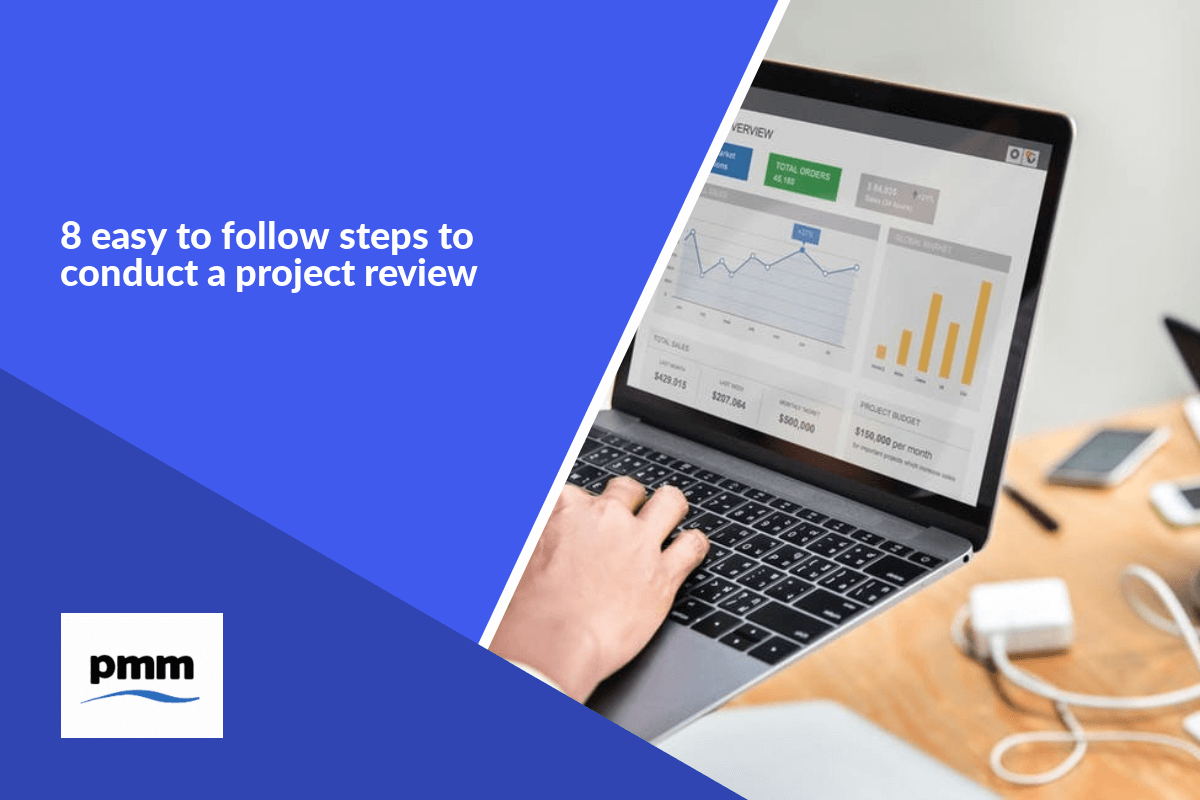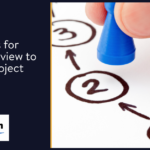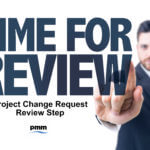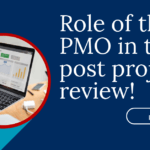It is common for senior executives to seek assurance that a project is on track and will deliver the benefits defined in the business case. This is even more important if a project is very important to the organisation and cannot fail.
The request is usually because:
- Project is in trouble and organisation wants an independent assessment
- Sponsor is concerned that the status being reported does not represent the real status of the project
- Senior management is concerned that Sponsor and project are not reporting true status
- Sponsor and project team want an independent review to ensure they have not missed anything
If you stop to think about this it makes complete sense. If you have an important project to an organisation, you would want to take the appropriate steps to ensure that the project is delivered. Therefore, engaging a 3rd party with the skills and neutrality is a very good way to identify potential or actual problems so they can be addressed early.
Engaging a 3rd party can be expensive and may not be an option for all projects. However, if an organisation has a PMO staffed with good resources with solid delivery experience, there is no reason why the PMO can not execute the review on behalf of management or senior management.
The PMO can even organise peer reviews by experienced, trusted project or programme managers working on other projects.
Project Review Steps
Below are the steps you should incorporate in the review process. Remember this is to provide a framework and it should be adapted to each situation.
1. Scope / Objective of Review
Ensure that the scope and objectives of the review are understood. This will usually come from the sponsor or senior management. This will usually provide insights into any concerns that have driven the request for the review.
It is important to agree / understand the expected time line for the review and the format for presenting findings.
2. Preparation
Like with anything, preparation is key to making the review as successful as it can be. This will include:
- Documenting and confirming scope, duration and format for findings
- Pre-read of project documentation including business case, status reports, steering committee packs, etc
- Capturing and agreeing stakeholders to be interviewed
- Scheduling interviews
- Drafting initial hypothesis of problems
- Drafting questions for interviews to explore hypothesis
3. Sponsor Interview
The first interview should be with the sponsor. This will allow clarification of concerns, background to project, understanding why the project is important, etc.
It will also allow for the hypothesis to be tested to see if it resonates with the sponsor. This step is very important where time is limited and the review has to be completed in a short period of time. It will ensure that the review is focused on the areas of concern. However, ensure that this meeting (as with all the meetings) is with an open mind as there may be areas the sponsor has missed or has a bias.
4. Project Manager Interview
Ideally this should be the next interview on the schedule. It will allow the concerns to be probed and tested to see if the concerns (and the hypothesis) are well founded. It is not unusual for the project manager to be defensive. Therefore, you will need to be persistent and phrase the questions so as not to be confrontational.
Areas of concern where the responses from the project manager contradict the sponsor / documentation must be accurately captured so that they can be tested with other stakeholders / project team members.
5. Stakeholder Interviews
The other scheduled meetings should be completed as quickly as possible and, information gathered in earlier meetings tested. This may then prompt further questions meaning that you then have to meet again with some of the stakeholders.
Important
For all of the meetings, try to follow the same questions. Always document the sessions and where appropriate, send the meeting notes to the person you met with.
This will allow any misunderstandings to be corrected before the final conclusions are reached. It also means that you can trace conclusions back to the underlying evidence.
6. Analysis
When the interviews and cross checks are complete, the data should be analysed and reviewed against original concerns and hypothesis. This will allow draft findings to be documented.
7. Draft Conclusion
It is important to review the draft conclusion with the sponsor and, if appropriate, the project manager. This will allow them to understand the findings and importantly, the reasons for the findings.
It will then allow the final conclusion document to be finessed and deliver the message that will give the best chance for action to be taken. It also allows for any points to be clarified.
Important: The project manager or even the sponsor may not agree with the findings. Do not change the findings just because you are put under pressure, it will not help the project with potential challenges and, if the project fails, it will reflect badly that the review did not identify the issues.
8. Publish Final Review
Finalise the conclusion in a document ensuring that it contains an executive summary that clearly answers the original scope / objectives of the review and identifies high risk items.
Tip: While confirming the concerns / high risk items is important, to make the review really valuable, prepare an action plan for addressing the findings.
This will show great initiative and will be well received by the sponsor and senior management as it will be possible to address the items without delay. This is a technique used very effectively by consultancies to secure follow-on engagements.
Conclusion
Completing reviews of important projects is very important and can identify high risk items early enough to minimise the impact.
The PMO is well placed to provide this service (if it has appropriately skilled resources) and / or other project managers in the organisation saving the expense of engaging external consultants.
This is a value add service and, if done well, will be well received by senior management.







